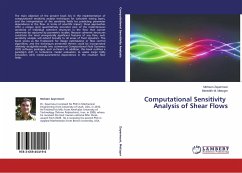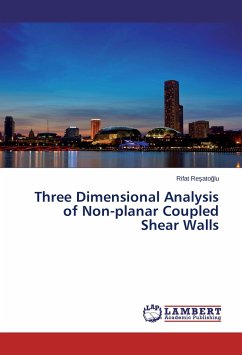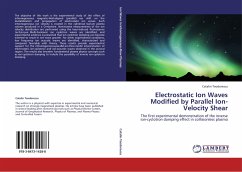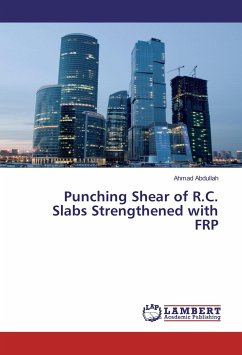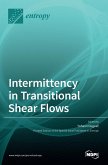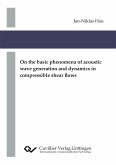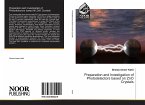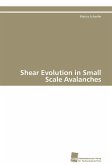The main objective of the present book lies in the implementation of computational sensitivity analysis techniques for turbulent mixing layers, and the interpretation of the sensitivity fields for predicting parameter dependence in the flow. In terms of scientific impact, these approaches offer a unique (and quantitatively accurate) view of the instantaneous sensitivity of individual coherent structures in the flow that cannot otherwise be captured by parametric studies. Because coherent structures constitute the most energetically significant features of any flow, such sensitivity analysis will extend broadly to all areas of fluid dynamics. This book serves as the framework for design optimization or flow control algorithms, and the techniques presented therein could be incorporated relatively straightforwardly into commercial Computational Fluid Dynamics (CFD) software packages, such as Fluent. In addition, this book outlines a paradigm shift in turbulence model evaluation to assess Large Eddy Simulation (LES) model-parameter(s) dependence in the resultant flow fields.
Bitte wählen Sie Ihr Anliegen aus.
Rechnungen
Retourenschein anfordern
Bestellstatus
Storno

